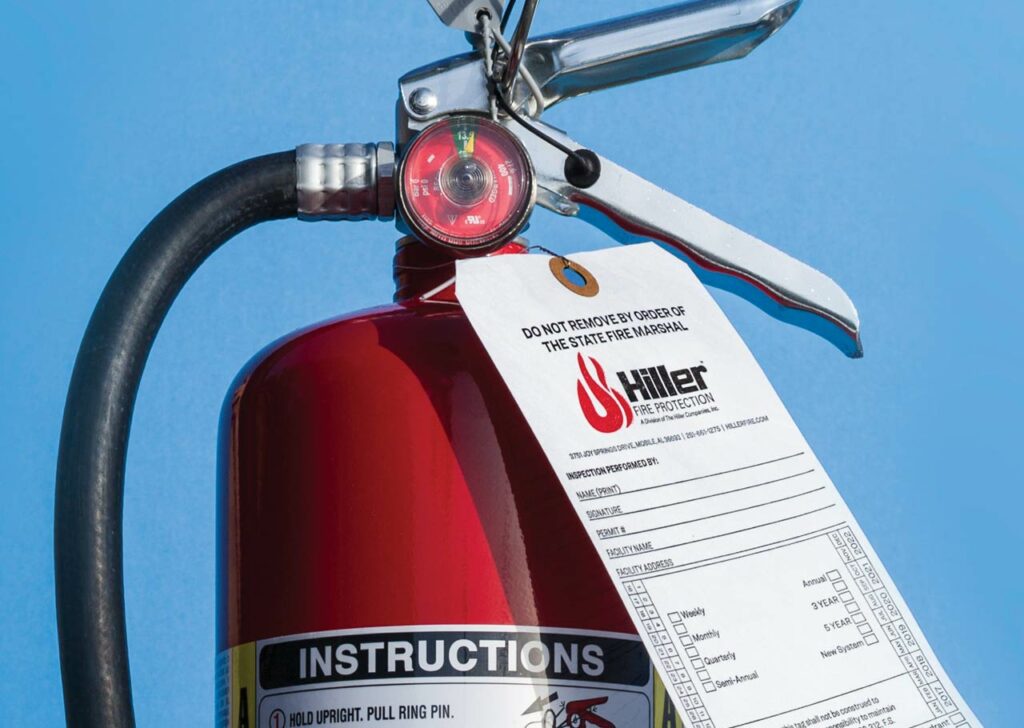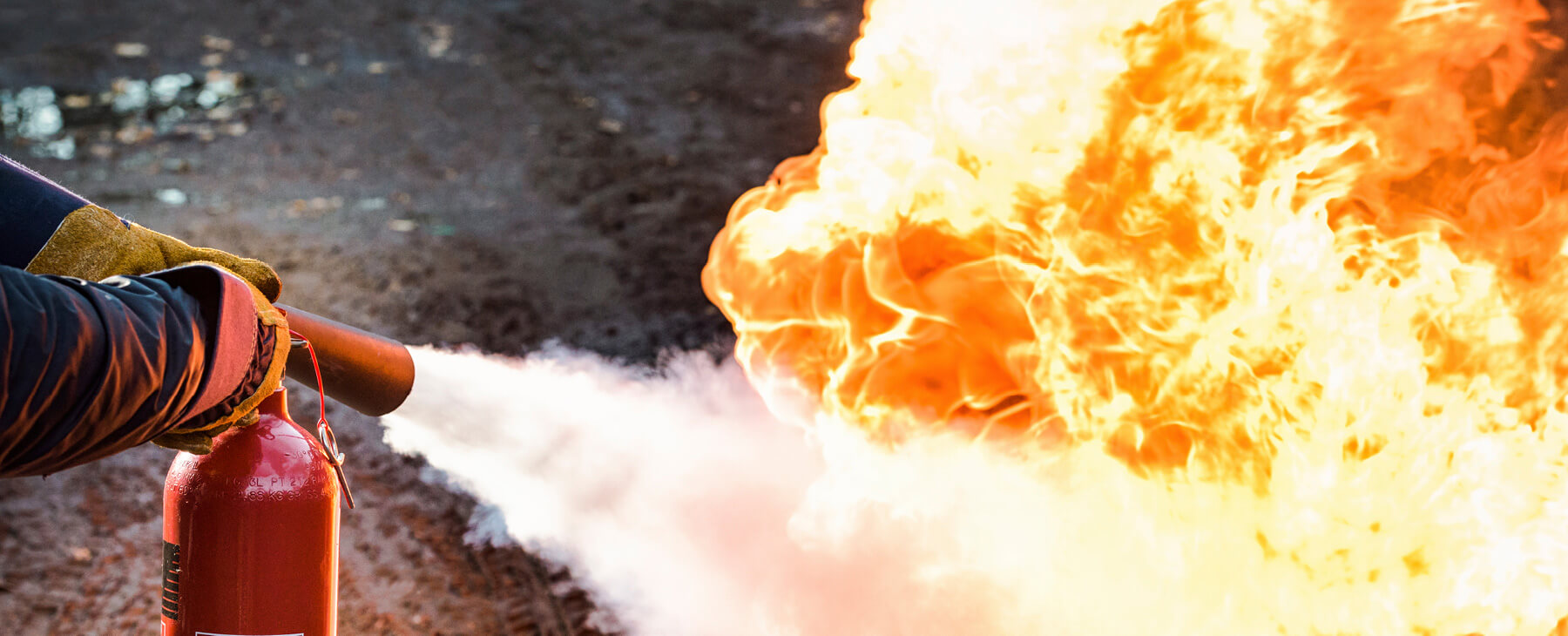Fire Extinguishers
Fire extinguishers for every commercial and industrial application.
With more than 100 years in the fire protection business, Hiller understands fire extinguishers. We are on the cutting edge of research and development, and we employ the latest design and installation strategies in the industry. When you choose Hiller, you will rest easy that your people and your property are safe. Our dedication to quality of service, products and knowledge of the industry make up The Hiller Difference.

